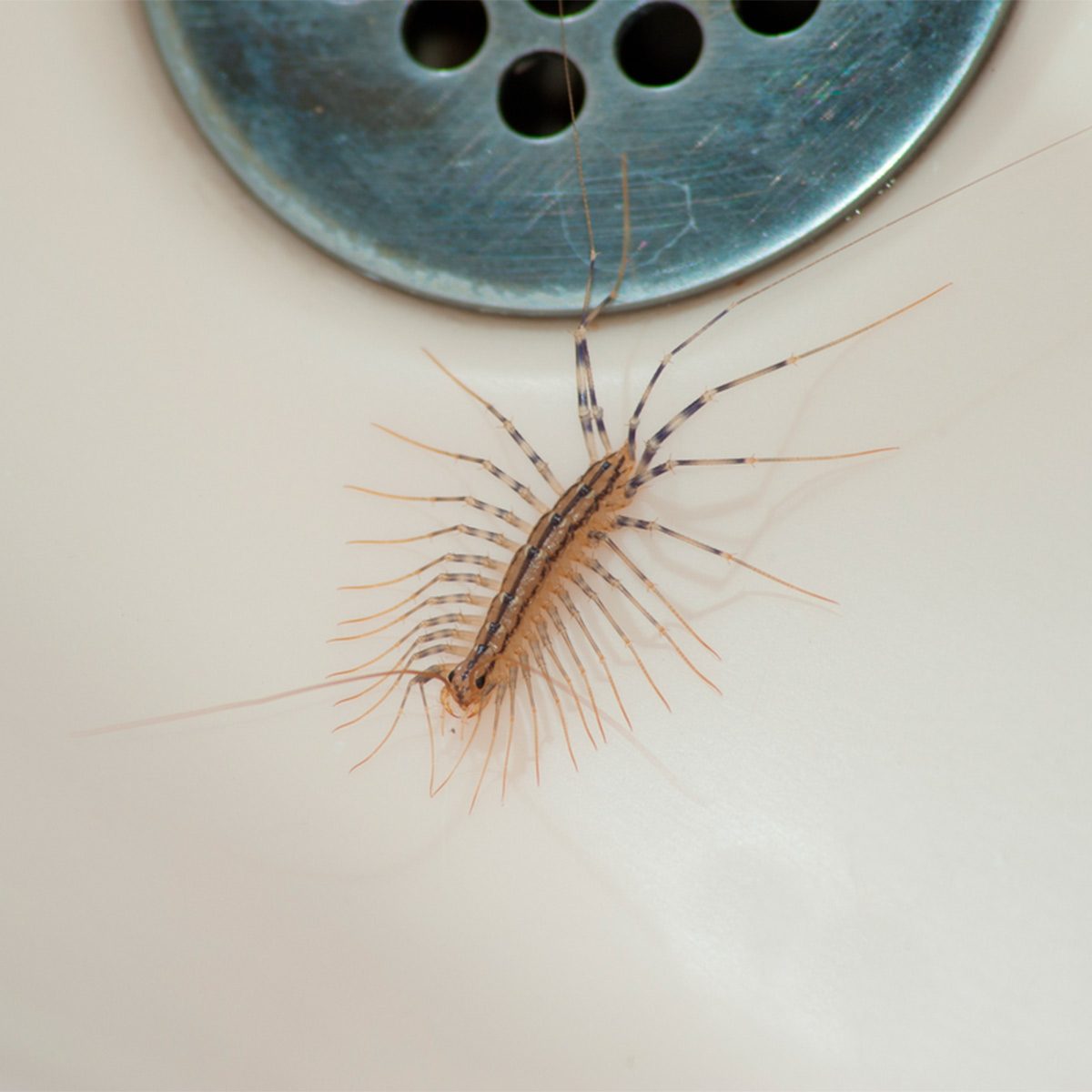Table Of Content

House centipedes typically do not try to bite humans because they don’t see humans as a food source. Most bites occur because the person was handling the centipede. As long as you don’t touch it, the centipede is not likely to attack you or try to bite you.
FAQs about House Centipede Bites
You wake up one morning and see broken skin and maybe some swelling on your arm. These common household pests love arms (and legs), and they are nocturnal. If you think a centipede snacked on your skin, read on to learn the steps you can take to care for the bite at home. House centipedes originated in the Mediterranean but have spread to be just about anywhere that is warm and humid. They tend to find their way into homes through small cracks that could let other insects in as well and will stay in a home as long as they have a food source.
How do centipedes bite or sting?
House centipedes do not survive winters outdoors in Pennsylvania, but readily reproduce in heated structures. During the summer, they can sometimes be found outdoors in areas near buildings. Stings are most common on the hands and feet, the latter because centipedes like to hide in shoes. You’ll also get stung if you accidentally step on one while barefoot. Therefore, even though these creatures can bite, the chances of them biting through clothes are quite low.
More in Pests
They enter homes to look for other types of insects that can typically be found in homes. The house centipedes are not going to damage your home like other pests might. They do not nest, which means they won’t build any nest inside your home or damage parts of your home to create the nest. They do not create webs like spiders or infest an area like many types of insects will.
Doctor shares warning as venomous centipede with bite like bee sting spotted in UK - Bristol Live
Doctor shares warning as venomous centipede with bite like bee sting spotted in UK.
Posted: Tue, 23 Jan 2024 08:00:00 GMT [source]
Are They Harmful to Humans?
The martini glass method ensures that both the House Centipede and the Bug Humanitarian (yes you were tagged because of your question) will remain safe. House centipedes are fascinating creatures often found in homes and other indoor spaces. People rarely report any serious symptoms from a centipede bite.
Giant centipedes have a reputation for sending people to the hospital. Thankfully, that’s not the case with the standard house centipedes you see scurrying around in the dark. The house centipede (Scutigera coleoptrata) is the most common centipede found in the U.S. These centipedes are sometimes referred to as “hundred-leggers,” due to their many pairs of legs. Their bodies are divided into 15 segments, each with a pair of long legs. Other species of centipedes have more legs, but they always have an odd number of pairs of legs.

Females of Scutigera have been known to produced 35 eggs over a period of days. Centipedes prefer dark, damp places and wet climates, although they can survive in deserts and other dry areas. Hi PHil, We do not recommend ridding your home of House Centipedes. They are harmless predators that will eat more destructive and harmful arthropods in your home. The toxic liquid can sometimes cause a local color change of the skin.
Are Common House Centipedes Harmful to Humans?
Though you are not likely to experience much pain, centipede bites are recognizable from the following common symptoms. Though technically centipedes do bite, they generally don’t bite humans and steer clear of them unless provoked or handled roughly. If you’ve spotted a long brown bug with hundreds of thin legs shooting out its body in all directions, you’re most likely looking at a centipede. However, despite their creepy, scary appearance, house centipedes are not always scary and dangerous.
What Happens After a House Centipede Bites?
Unlike moths, they won’t destroy clothing or furniture, and unlike ants, they won’t wreak havoc in your pantry. While their cousins, millipedes, are herbivores that feed on wood, the house centipede is a carnivore that feasts on other insects. They use their jaws to inject poison into prey, but it’s very unlikely for one to bite a human unless it was being handled roughly. If you did sustain a bite, it would feel like a mild bee sting. This venom is injected when they bite as a way to subdue their prey so they can eat it. The amount of venom used when a centipede bites is tiny, so it’s not likely to impact a human very much.
House centipedes are sensitive to light and tend to seek shelter during daylight hours, adding to the challenge of spotting them in your home. If you’re like most people, you’ll be able to care for a centipede bite at home, and you won’t have to get a medical professional involved. But if you have a health condition that calls for you to be cautious, an infected bite, or an allergic reaction, you should continue to closely monitor the bite. You may also want to have small children with centipede bites looked at by a doctor. In most cases, the symptoms of your centipede bite will go away within 48 hours. If you notice that your bite isn’t getting any better, or that you’ve had an allergic reaction, you should seek out medical attention.
They prefer warmer places that are wet and humid, as this keeps them closer to their food sources. If you have house centipedes, it typically means you have food for the centipedes in your home. They feed on many different insects, like bed bugs, roaches, silverfish, and wasps.
No comments:
Post a Comment